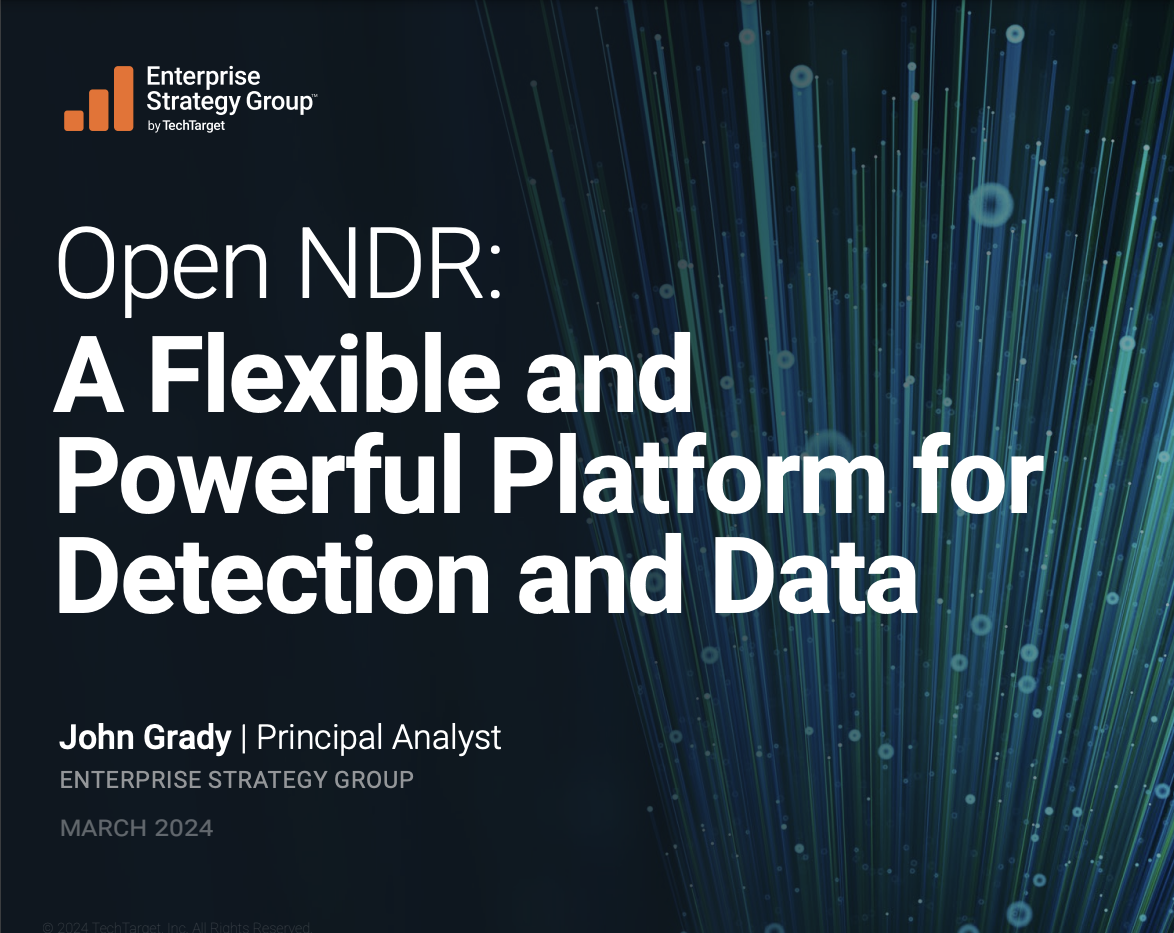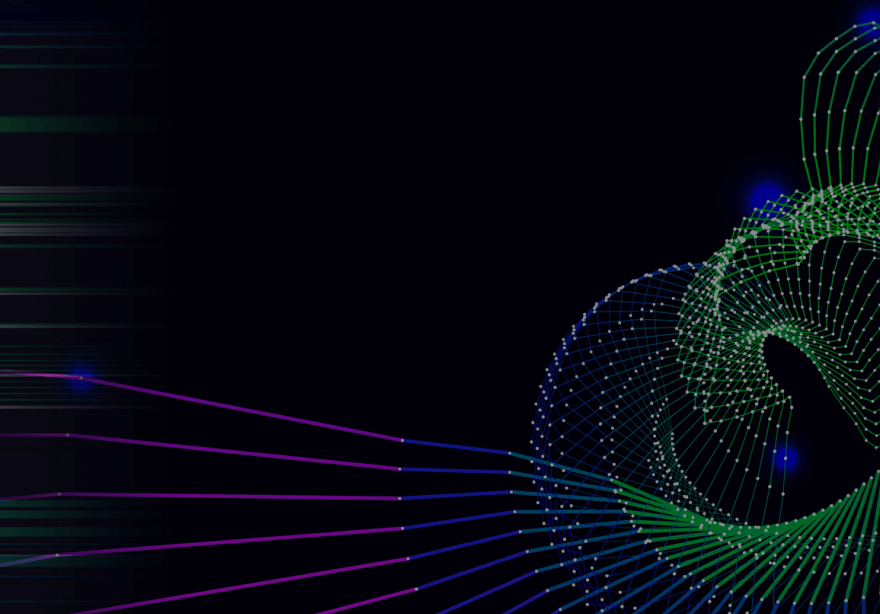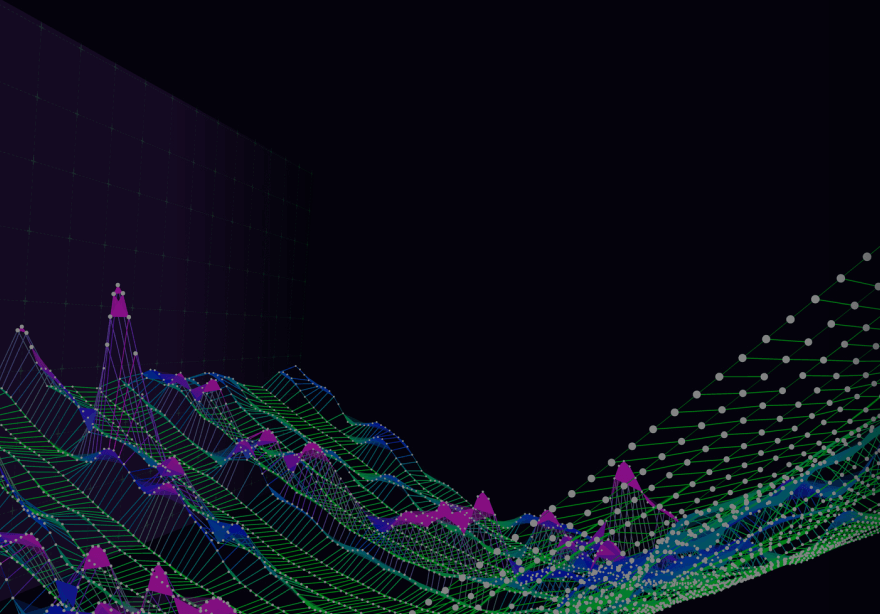NDR vs. XDR vs. EDR: What Are the Differences?
NDR, EDR, and XDR are three cybersecurity technologies that, when combined, provide a comprehensive defense against cyberattacks.
What’s the difference between NDR, EDR, and XDR?
NDR, EDR, and XDR are three cybersecurity technologies that, when combined, provide a comprehensive defense against cyberattacks. NDR—Network Detection and Response—continuously monitors network traffic to help detect and respond to threats. EDR—or Endpoint Detection and Response—helps detect and respond to threats on user devices such as desktops, laptops, tablets, and phones. XDR—or Extended Detection and Response—is intended as a unifier, connecting NDR, EDR, and other data sources, giving security teams a centralized view of telemetry from across their technology stack. By integrating these solutions organizations improve their detection coverage and accuracy, accelerate their incident response workflows, and benefit from expanded visibility.
About NDR
Network Detection and Response (NDR) tools monitor raw network traffic to detect and respond to attacks and provide visibility into all network activity including north/south and east/west (lateral) movement, traffic from remote users, and cloud, hybrid, and multi-cloud environments.
NDR gathers and records data about network protocol activity and creates log files that are typically ingested by a SIEM for analysis and review. Ideally, NDR should create a synergistic combination of alerts (signature-based and/or anomaly-based), network data and behavioral analytics. Many utilize machine learning and automation to detect and respond to network-based attack techniques, such as command and control (C2), data exfiltration, and unauthorized access.
While it can be expensive to store packet capture (PCAP) data, sophisticated NDR platforms can extend look-back windows by setting capture rules based on triggers such as alerts, protocol, type, or encryption status. By focusing on capturing the most useful packets, smart NDR PCAP rules can help security teams uncover more evidence of cyber breaches, and compile richer evidence for criminal investigations or regulatory compliance.
Security teams use NDR to generate baseline models of their networks’ normal behavior. NDR can then be used to identify suspicious traffic patterns and trigger alerts. The technology is not based on signatures, but behaviors, making it adaptive to changes in attack techniques.
Some benefits of NDR include: early detection of network security issues, improved visibility, enhanced analytics, reduced mean time to detection (MTTD) and mean time to resolution (MTTR), enhanced threat intelligence, and regulatory compliance. NDR typically is deployed out-of-band, so it operates without introducing latency in the network.
Leading providers of NDR include Corelight, Darktrace, and Vectra AI.
Webinar: EDR alone is not enough
About EDR
Endpoint Detection and Response (EDR) monitors what’s happening on devices. EDR addresses attacks that occur at endpoints such as laptops, desktops, and other user equipment.
EDR works by continuously monitoring endpoint activity to detect threats such as malware and ransomware, and provides real-time response and blocking capabilities to prevent further damage. EDR solutions also typically use machine learning and behavioral analysis to detect anomalies and identify attacks. Like NDR, EDR reveals what normal activity looks like so you can respond to changes that may indicate malicious activity.
Using EDR has some of the following benefits but not limited to: streamlined security operations, real-time visibility, enhanced endpoint protection, compliance with regulatory requirements, advanced threat detection, early detection and response, and improved incident response.
Leading providers of EDR include CrowdStrike, Microsoft, and SentinelOne. Some solutions integrate easily with NDR providers, such as CrowdStrike’s Falcon® Insight XDR’s integration with the Corelight Open NDR Platform.
About XDR
Extended Detection and Response (XDR) solutions are meant to connect and correlate EDR data with different types of security data such as network, email, and cloud workloads, and then add analytics and automation to enhance threat detection and response. It provides a more comprehensive approach to incident detection and response. XDR can extend to cloud network security, and identity and access management.
XDR solutions integrate data from multiple security tools and provide a broad view of your security landscape, enabling security teams to detect and respond to threats across the entire organization.
XDR shows a complete, connected view of an attack’s impact and helps security teams respond to incidents quickly and effectively. When an attack occurs, they can have the initial infection point, impact scope, historical data and more at hand—enhanced by cross-domain detections and integrated response capabilities of XDR platforms.
Among these security tools, XDR is the most recent, and there is debate regarding its definition and capabilities. Like many new security technologies, it is being marketed as a catch-all solution by some security vendors, and the solution’s performance may not always live up to the vendor’s hype. Some solutions carry the risk of vendor lock-in, and run the risk of adding unnecessary complexity and slow-downs to threat hunting instead of expediting. Security teams should evaluate whether a possible XDR solution can integrate with their existing security stack before they make a selection.
Companies offering advanced XDR solutions include CrowdStrike and Microsoft.
COMPARE OPEN TO CLOSED NDR
This free ESG white paper explains the reasons to consider an open-source solution.

Comparing NDR, EDR, and XDR
All three tools are meant to make threat detection, response, and analysis more effective. As modules in a single security stack, there are important differences in how they function and what they monitor:
| What it does | Benefits | Limitations | |
|---|---|---|---|
NDR |
Analyzes north-south and east-west (network) traffic. Deploys machine-learning, behavioral analysis and threat databases to detect known attack signatures as well as anomalous activity that may be an indicator of attack. Builds a baseline of normal traffic patterns. |
Provides broad security visibility by monitoring every device on the network passively, without impacting performance or availability. Integrates with and complements EDR and SIEM to provide the enterprise with a comprehensive security approach. |
Network data can be expensive to store because it can be voluminous, more voluminous than application logs or EDR alerts. |
EDR |
Monitors and analyzes endpoints or end-user devices; searches for indicators of attack; employs behavioral analytics to detect patterns that may indicate malicious behavior or match known threats in the database; sends alerts and can isolate compromised endpoints. |
Provides deep security visibility with strong detection capabilities and a layer of defense beneath firewalls, antivirus, and other tools. |
Does not provide insight into network, cloud, servers or other elements of the enterprise. Limited ability to detect new attack patterns and zero-day attacks. Not applicable to all endpoints (e.g. printers, IP phones). |
XDR |
Pulls together data from disparate sources, potentially including endpoints, servers, cloud deployments, and networks. Typically includes machine analysis capabilities. |
Provides security teams with a single pane of glass through which to assess aggregated data and respond rapidly to threats. |
May introduce complexity to the security apparatus, or decrease the effectiveness of other security tools due to vendor lock-in and insufficient integration. |
What’s the SOC Visibility Triad and how do NDR, EDR, and XDR fit into it?
Gartner coined the term SOC Visibility Triad to explain how three technologies—NDR, EDR, and SIEMs—can be integrated so organizations can more effectively detect and respond to cyber threats and improve their overall cybersecurity posture. A SIEM (Security Incident and Event Management System) is software that provides incident responders with a centralized viewport into an organization’s security data. SIEMs monitor and aggregate—typically ingesting NDR and EDR logs and flow data in real time—then apply analytics to enhance anomalies or raise alerts.
NDR effectively provides visibility into network traffic that EDR and SIEM lack, and can help defenders detect and understand attackers’ behavior and movement in ways the other two pillars do not. It also complements other sources of log data in the SIEM, and can provide additional context that accelerates incident response.
While most enterprise-level SOCs still use SIEMs, some are replacing them with XDR, or adding XDR to the technology stack as an additional defensive mechanism. This is why it is increasingly common to see the SOC Visibility Triad defined as a combination of NDR, EDR, and XDR — even though there is still debate about what exactly XDR’s function is, whether or not it can replace SIEM, or if it is meant to augment SIEM capabilities and streamline alert functions.
What is the best security solution for your organization?
Increasingly, security teams are seeking integrated solutions that address natural limitations of the individual tools they use. The concept behind the SOC Visibility Triad provides a strong basis for this integration, whether it utilizes XDR as a substitute for SIEM or an addition that furthers integration and improves overall visibility and responsiveness.
Open solutions, such as Corelight’s Open NDR platform, provide the benefit of community-driven analysis and simplified integration with some of the most effective EDR and XDR tools.
Learn how Corelight integrates with Crowdstrike’s Falcon Insight XDR solution.
Recommended for you

Get in touch
We’re proud to protect some of the most sensitive, mission-critical enterprises and government agencies in the world. Learn how Corelight’s Open NDR Platform can help your organization tackle cybersecurity risk.
Book a demo
We’re proud to protect some of the most sensitive, mission-critical enterprises and government agencies in the world. Learn how Corelight’s Open NDR Platform can help your organization tackle cybersecurity risk.














